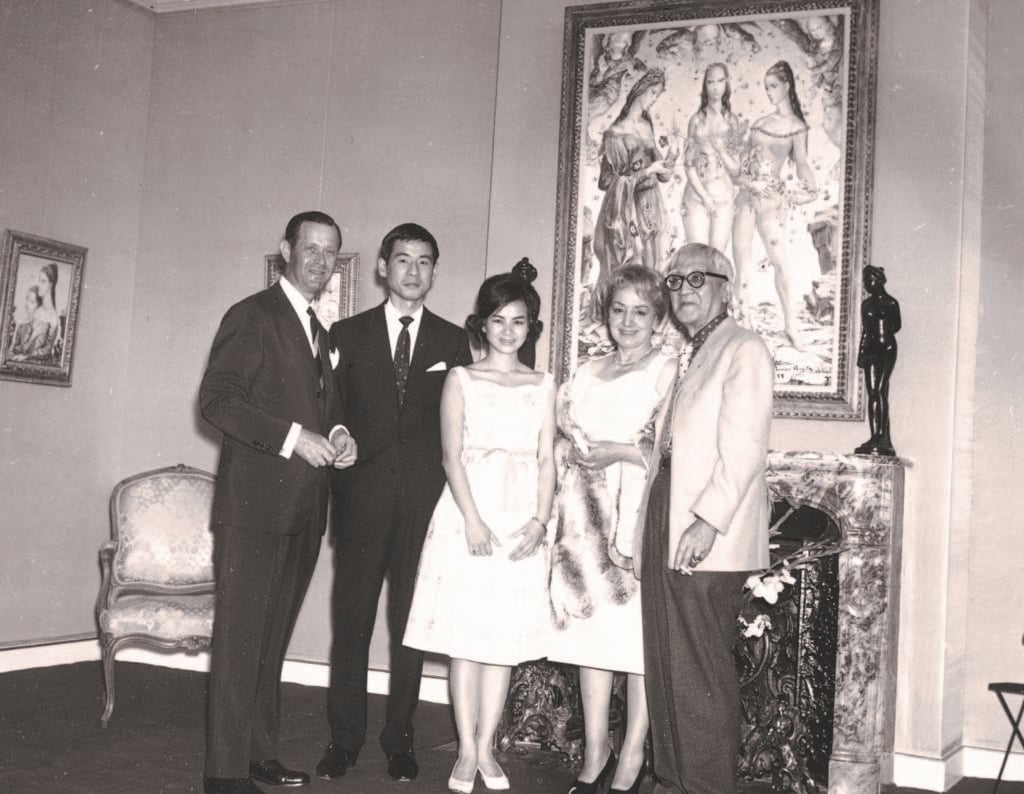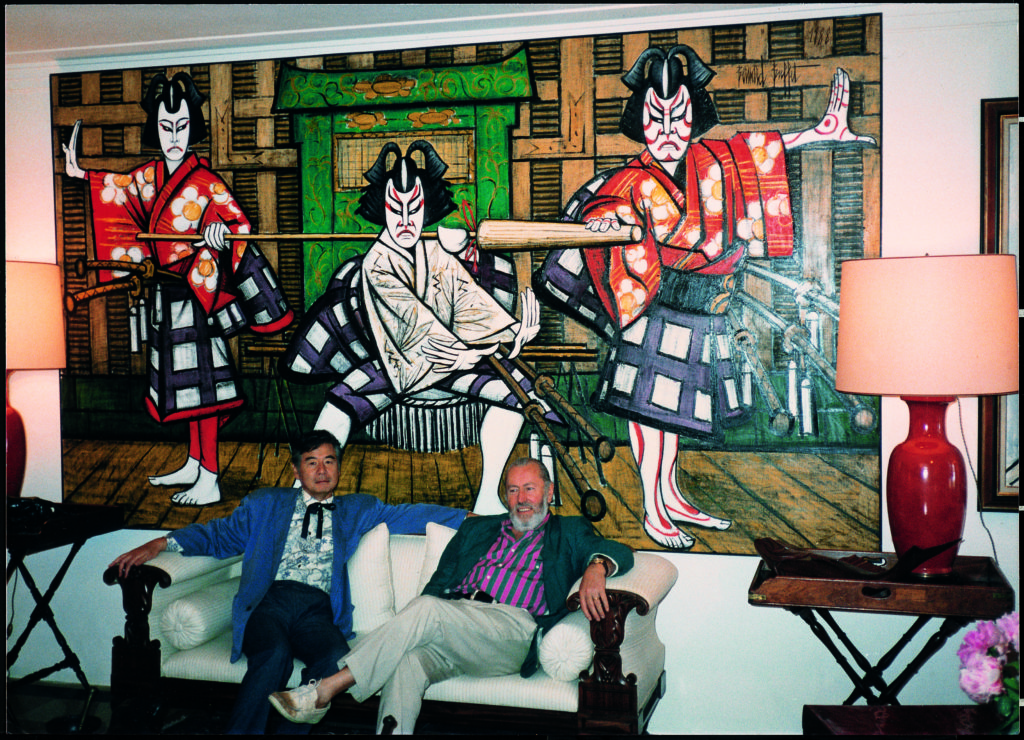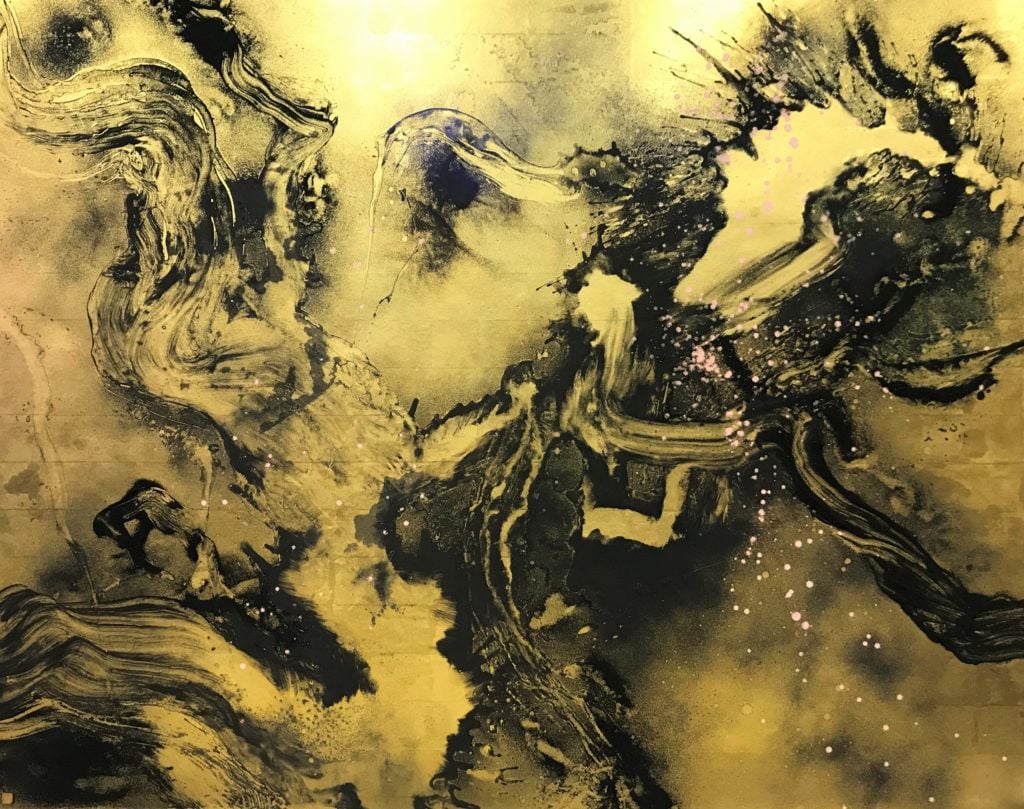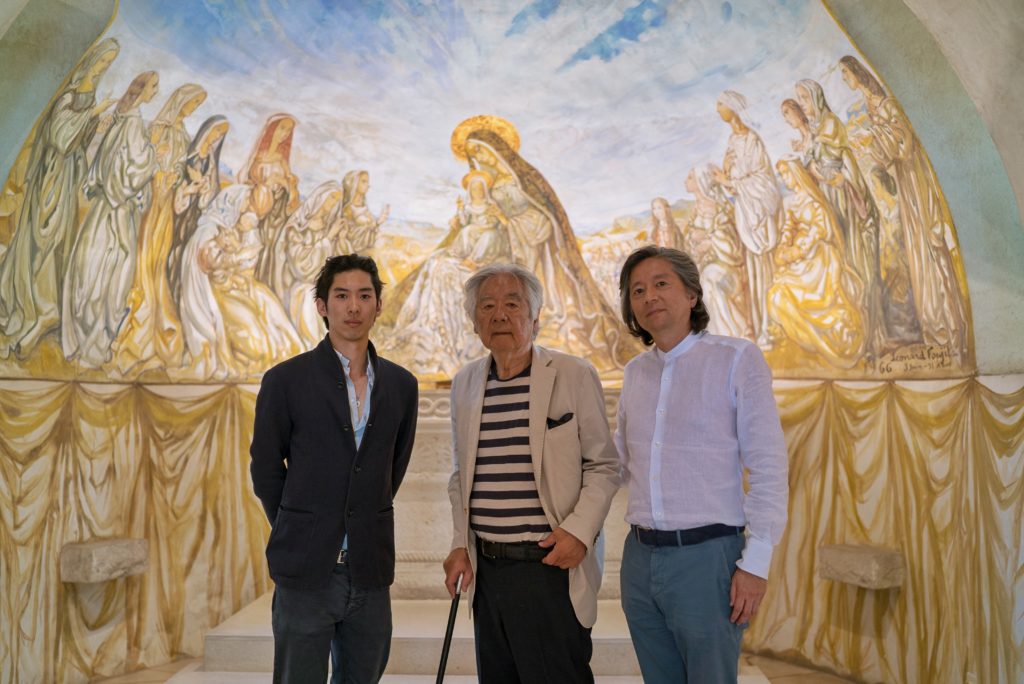Galerie Taménaga Introduced Western Art to Japan 50 Years Ago. Now, It’s Forging New Territory Once Again


Artnet Gallery Network

Galerie Taménaga, one of the first international galleries to introduce Western art to the Japanese market, may have celebrated its 50th anniversary last year, but three generations in they are still not slowing down.
The storied gallery’s history is one of both passion and risk. When Kiyoshi Tamenaga established his gallery in 1969 in the Ginza neighborhood of Tokyo the vast majority of Western artists were unknown to the Japanese public. The National Museum of Western Art had been in operation for just 10 years at that point and Japanese art lovers were only just becoming familiar with the names of the Impressionists and mega-star artists like Picasso. Meanwhile, Taménaga turned his attention to a group wholly unfamiliar in Japan at the time—the École de Paris artists, with which he’d become acquainted with while traveling in Paris in the 1950s.

Paul Pétridès, Kiyoshi Taménaga and Tsuguharu Foujita (1960).
“When my grandfather founded the gallery 50 years ago, he was pioneering new ground by showcasing these Western masters. It was a kind of artistic dissent,” said Kiyomaru Taménaga, speaking of his grandfather’s friendships with Tsuguharu Foujita, Bernard Buffet and Paul Aïzpiri. “While many of the Impressionist masterpieces were already in museums and collections, he could acquire the best of the École de Paris artists with help through his connections in Paris.”

Kiyoshi Taménaga and Bernard Buffet, 1988.
Recalling that era, Kiyoshi Tamenaga said, “Without even realizing it, I was in an active circle of artists. I never thought about opening a gallery, but some Japanese painters suggested that I do so. That is how I started without having decided at that time.” Among the artists whose works he would bring to Japan were Amedeo Modigliani, Kees van Dongen, Marc Chagall, and Chaïm Soutine.
But beyond promoting established Western artists in Japan, Tamenaga wanted to discover and nurture young artists. Two years after opening his Tokyo gallery, he established a space in Osaka and another in the center of Paris. Within France, the gallery cultivated the careers of French-born artists including Paul Aïzpiri, Jean-Pierre Cassigneul, André Cottavoz, Paul Guiramand, and Claude Weisbush. These cross-cultural efforts were recognized by the French government in 1984 when it honored Kiyoshi Tamenaga with the Order of Arts and Letters.
That spirit of cross-cultural exchange has been guiding the gallery in the decades since. “When my father, Kiyotsugu Taménaga, took over operations we expanded our scope beyond the French art world to all corners of the world, from Asia to the United States,” said Kiyomaru Taménaga. Among these artists are Chen Jiang-Hong, Takehiko Sugawara, Kyosuke Tchinaï, Tamihito Yoshikawa, American artist Tom Christopher, and Spanish artist Lorenzo Fernandez.

Takehiko Sugawara, Miharu Kaika. Courtesy of Galerie Taménaga.
Mastery of technique and expression are still the gallery’s guiding principles. Kiyomaru Taménaga points to an upcoming exhibition of Japanese artist Takehiko Sugawara at their Tokyo space as indicative of their interest. Taking inspiration from several-hundred-year-old trees, Sugawara combines techniques found in traditional Japanese painting such as back coloring, and mixes these with his own innovations, such as layering burnt pine onto his works in thick coats.
“We are looking for artists who will grasp the hearts of its viewers across time and space.” he explained.

Mr. Kiyoshi Taménaga, Kiyomaru Taménaga and Kiyostugu Taménaga.
Aside from a cultivating a skilled set of artists, the gallery has also built its legacy on a passion-driven form of collecting, one that might not be at the forefront of the art market conversations, but, the gallery says, makes for long-term success. “We want people to purchase these works who love them and want to live with them,” he continued. “Whether it’s good or not, I would say for the last 10 years the art market has seen a lot of inflation, with contemporary art regarded for prices and names.”
Galerie Taménaga’s approach has won it a loyal following of collectors who have stayed with the gallery for decades, some of whom started out collecting École de Paris artists but have since expanded their scope to the next generation of artists. Asked of their guiding philosophy, Kiyomaru Taménaga, summed up the gallery’s spirit succinctly: “I will continue supporting and cultivating artists who will be appreciated and admired for their artwork.”
“Abstraction Japonaise” is on view at Galerie Taménaga from March 5 to 26, 2020, and features the work of five contemporary Japanese artists – Nuit Sano, Rikizo, Tamihito Yoshikawa, Toshiyuki Kajioka and Reika Matsuda